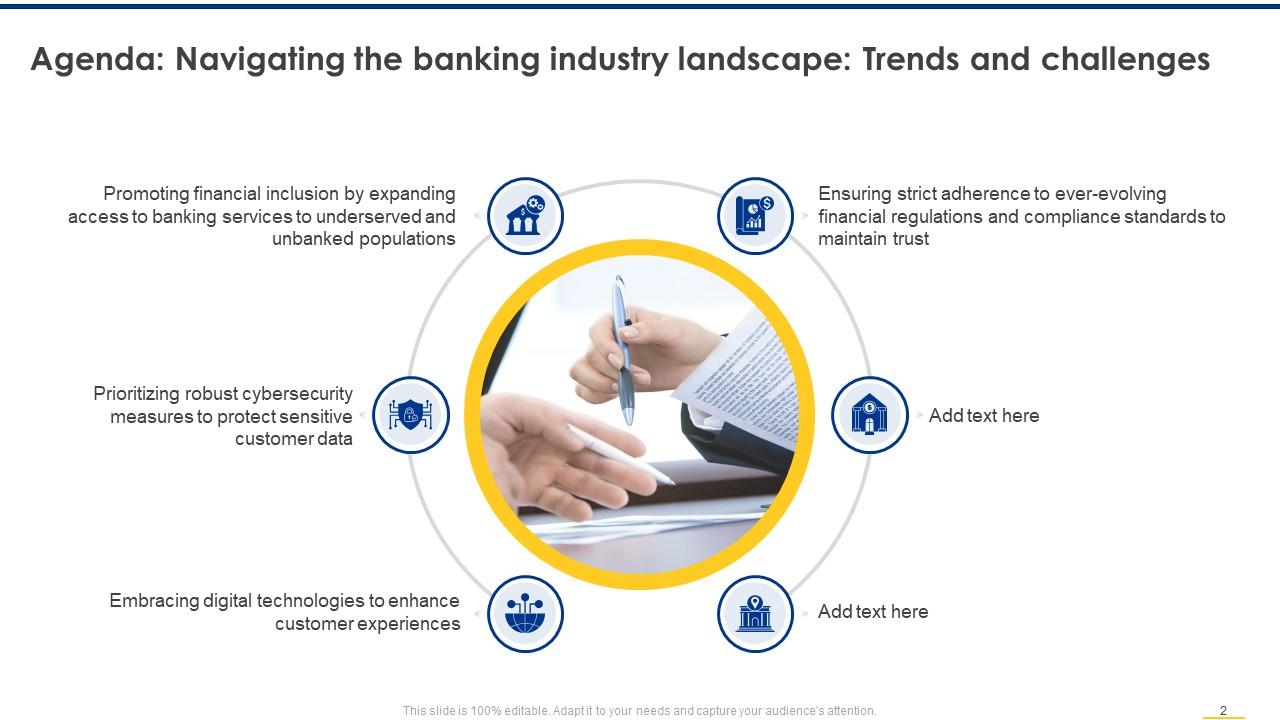Latest Trends in Banking Regulatory Compliance
Overview of Regulatory Changes in 2024
The year 2024 brings significant regulatory changes. These impact financial institutions globally.
Key bodies like the Basel Committee on Banking Supervision (BCBS) and the Financial Crimes Enforcement Network (FinCEN) are introducing updates. These are designed to enhance financial stability and combat illicit activities.
Impact of New Regulations on Financial Institutions
New regulations require banks to bolster their capital reserves. They must also enhance liquidity management and risk assessment processes.
These changes aim to create a more resilient banking sector. It will be capable of withstanding economic shocks.
Key Regulatory Bodies and Their Roles
The BCBS sets international banking standards, focusing on capital adequacy and liquidity. FinCEN combats money laundering and financial crimes within the U.S.
The Securities and Exchange Commission (SEC) oversees securities markets. It ensures fair practices and protects investors, as highlighted in a related post on "What You Need to Know About the Securities and Exchange Commission (SEC) and Its Role".
Corporate Transparency Act (CTA) and Its Implications
Understanding the Corporate Transparency Act
The Corporate Transparency Act (CTA) is a landmark legislation. It aims to curb illicit financial activities by mandating the disclosure of beneficial ownership information.
This act targets the use of shell companies for money laundering and other crimes. It requires reporting companies to reveal their true owners to FinCEN.
Essential Compliance Requirements for Financial Institutions
Financial institutions must update their due diligence processes. They need to collect and verify beneficial ownership information for their clients.
This helps in identifying and preventing financial crimes more effectively.
Exemptions Under the CTA
The CTA includes exemptions for certain entities, such as publicly traded companies and some large operating companies. These are already subject to stringent reporting requirements.
Understanding these exemptions is crucial for compliance.
Impact of the CTA on Banking Operations
The CTA necessitates significant changes to customer due diligence practices. Banks must now delve deeper into the ownership structures of their clients.
This adds a layer of complexity to onboarding and monitoring processes.
Changes to Customer Due Diligence Practices
Banks need to implement robust systems for collecting and verifying beneficial ownership information. This includes updating existing customer databases and enhancing monitoring mechanisms.
These changes are vital for compliance with the CTA.
Long-term Strategic Adjustments for Banks
Banks must adapt their long-term strategies to incorporate the ongoing requirements of the CTA. This involves investing in technology and training to ensure continuous compliance.
Strategic planning is key to navigating these changes successfully.
Basel III Compliance Strategies
Key Components of Basel III
Basel III introduces stricter capital adequacy requirements. It mandates higher levels of Common Equity Tier 1 (CET1) capital.
It also sets new liquidity standards through the Liquidity Coverage Ratio (LCR) and the Net Stable Funding Ratio (NSFR).
Capital Adequacy Requirements
Banks must maintain a minimum CET1 ratio of 4.5% of risk-weighted assets. An additional capital conservation buffer of 2.5% is also required.
These measures enhance the banking sector's ability to absorb losses.
Liquidity Standards and Risk Management
The LCR ensures banks have enough high-quality liquid assets to cover short-term liquidity needs. The NSFR promotes stable long-term funding.
Effective risk management practices are essential for meeting these standards.

Emerging Challenges in Basel III Implementation
Implementing Basel III presents operational complexities. It also involves significant compliance costs.
Banks face challenges in adapting their systems and processes to meet the new requirements.
Operational Complexity and Compliance Costs
The need for advanced risk models and data management systems increases operational complexity. Compliance costs can be substantial, especially for smaller banks.
These challenges require careful planning and resource allocation.
Strategies for Effective Implementation and Monitoring
Banks should focus on integrating Basel III requirements into their existing frameworks. Continuous monitoring and reporting are crucial for ongoing compliance.
Leveraging technology can streamline these processes.
Best Practices for Basel III Compliance
Integrating Basel III into Existing Compliance Frameworks
Banks should adopt a holistic approach. They should integrate Basel III requirements with their overall risk management and compliance frameworks.
This ensures consistency and efficiency in meeting regulatory obligations.
Continuous Monitoring and Reporting Mechanisms
Regular monitoring and reporting are vital. It helps in identifying and addressing potential compliance gaps.
Automated systems can enhance the accuracy and timeliness of reporting.
Emerging Regulatory Compliance Challenges in 2024
Anticipated Regulatory Scrutiny and Enforcement Trends
Regulators are expected to intensify their scrutiny of banks' compliance with new and existing regulations. Enforcement actions are likely to increase. Especially in areas like consumer protection and financial crime.
This heightened focus underscores the need for robust compliance frameworks.
Heightened Focus on Consumer Protection and Financial Crime
Consumer protection is a top priority for regulators. Banks must ensure fair treatment of customers and prevent financial misconduct.
The convergence of financial crime functions is also gaining traction.
The Role of Technology in Compliance Management
Technology plays a crucial role in modern compliance management. RegTech solutions can streamline processes, enhance monitoring, and improve reporting accuracy.
Data analytics can help identify patterns and risks proactively.
Common Compliance Pitfalls to Avoid
Lessons from Recent Regulatory Failures
Recent failures highlight the importance of a strong compliance culture. Ignoring red flags or inadequate controls can lead to severe consequences.
Learning from these failures is essential for avoiding similar pitfalls.
Importance of Training and Awareness Programs
Training programs are vital for ensuring that employees understand their compliance obligations. Regular updates and awareness campaigns can reinforce a culture of compliance.
This helps in mitigating risks effectively.

Best Practices for Regulatory Compliance in Banking
Establishing a Robust Compliance Framework
A robust framework starts with clear policies and procedures. It should be supported by strong governance and risk management practices.
Engaging stakeholders across the organization is also crucial.
Importance of Governance and Risk Management
Effective governance ensures accountability and oversight. Risk management practices should be proactive and integrated into daily operations.
This helps in identifying and mitigating risks early.
Engaging Stakeholders Across the Organization
Compliance is a shared responsibility. Engaging stakeholders across all levels of the organization fosters a culture of compliance.
It ensures that everyone understands their role.
Leveraging Technology for Enhanced Compliance
Role of RegTech Solutions in Streamlining Compliance
RegTech solutions can automate compliance tasks. This reduces manual effort and improves accuracy.
These tools can handle tasks like transaction monitoring, reporting, and data management.
Data Analytics for Proactive Compliance Monitoring
Data analytics can identify unusual patterns and potential risks. Proactive monitoring helps in addressing issues before they escalate.
This enhances the overall effectiveness of the compliance program.

Building a Culture of Compliance
Strategies for Employee Engagement and Training
Engaging employees through training and awareness programs is essential. Regular training sessions help keep staff updated on regulatory changes.
They also reinforce the importance of compliance.
Incentivizing Compliance Across All Levels of the Organization
Incentivizing compliance can motivate employees to adhere to policies and procedures. Recognition and rewards for exemplary compliance behavior can foster a positive culture.
This encourages everyone to prioritize compliance in their daily activities.
Conclusion
Navigating the latest trends in banking regulatory compliance requires a proactive and integrated approach. Staying informed about regulatory changes and leveraging technology can help banks meet their obligations effectively.
Building a strong culture of compliance is essential for long-term success.
Summary of Key Trends and Strategies
The key trends include the implementation of the CTA and Basel III. Strategies involve updating due diligence practices, enhancing risk management, and leveraging technology.
These steps are crucial for navigating the evolving regulatory landscape.
Future Outlook for Banking Regulatory Compliance
The regulatory environment will continue to evolve. Banks must remain agile and adaptive to meet new challenges.
Continuous improvement and a commitment to compliance will be vital for future success. As highlighted in "10 Game-Changing Fintech Innovations Shaping Banking in 2025", staying ahead of technological advancements is also crucial.
Key Takeaways:
- New regulations in 2024 require enhanced capital reserves, liquidity management, and risk assessment.
- The Corporate Transparency Act (CTA) mandates disclosure of beneficial ownership to combat financial crimes.
- Basel III implementation involves stricter capital adequacy, liquidity standards, and continuous monitoring.
- Technology and data analytics play a crucial role in streamlining compliance and identifying risks proactively.
- Building a culture of compliance through training, engagement, and incentives is essential for long-term success.
